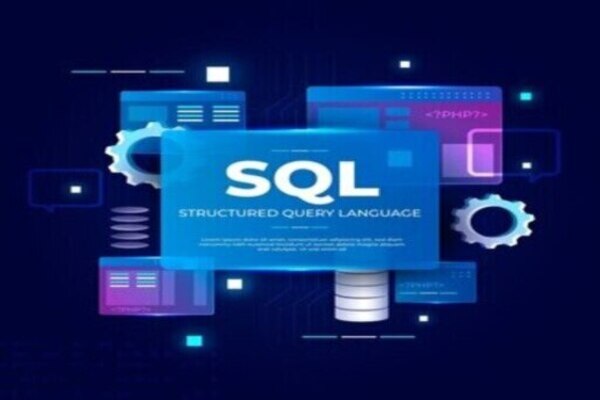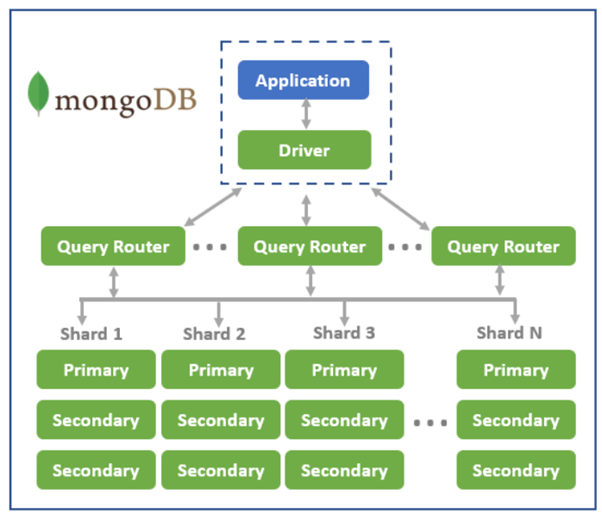NoSQL
Description:
NoSQL databases (Not Only SQL) have gained popularity as an alternative to traditional relational databases (SQL databases) due to several reasons. While SQL databases follow a structured and tabular data model, NoSQL databases provide more flexibility and scalability for certain types of applications. Here are some reasons why NoSQL databases are needed:
Features:
Flexible Schema:
NoSQL databases often use a schema-less or flexible schema model. This means that data can be inserted without the need for a predefined schema, making it easier to adapt to changing data requirements.
Scalability:
NoSQL databases are designed to scale horizontally, meaning you can add more servers to your NoSQL database to handle larger amounts of data and increased load. This makes them suitable for applications that need to scale rapidly, like those with high user volumes or big data processing requirements.
Performance:
NoSQL databases are optimized for specific types of queries and data models, which can lead to improved performance for certain types of applications. For example, document-oriented databases are well-suited for hierarchical data structures, while key-value stores excel at simple read and write operations.
Handling Unstructured Data:
NoSQL databases can handle unstructured and semi-structured data types more effectively than traditional relational databases. This is particularly useful in scenarios where the data doesn’t fit neatly into tables with rows and columns.
High Availability:
Many NoSQL databases are designed with built-in mechanisms for high availability and fault tolerance. They often support automatic sharding andreplication, ensuring that the system remains available even if some nodes or servers fail.
Rapid Development:
NoSQL databases allow developers to iterate quickly and make changes to the data model without requiring extensive database schema modifications. This is particularly beneficial in agile development environments where requirements may evolve rapidly.
Use Cases:
NoSQL databases are often a good fit for specific use cases, such as real-time applications, content management systems, social media platforms, and applications dealing with large volumes of data with varying structures.
Cost-Effective:
NoSQL databases can be more cost-effective for certain applications due to their ability to scale horizontally on commodity hardware.
This can be advantageous for organizations looking to optimize infrastructure costs.
It’s important to note that the choice between SQL and NoSQL databases depends on the specific requirements of a given project.
While NoSQL databases offer advantages in certain scenarios, relational databases still excel in situations where data integrity, complex relationships, and transactional consistency are crucial.
Ultimately, the choice should be based on the specific needs and characteristics of the application being developed.
MongoDB:
MongoDB is a popular NoSQL database that is known for its flexibility, scalability, and ease of use. Here are some key details about MongoDB:
1. Data Model:
Document-Oriented:
MongoDB is a document-oriented database, which means it stores data in flexible, JSON-like documents called BSON (Binary JSON). Each document can have a different structure, and fields can vary across documents.
2. Key Features:
Flexible Schema:
MongoDB allows for a dynamic schema, meaning you can create documents without predefining the structure, making it well-suited for agile development and evolving data models.
Query Language:
MongoDB supports a rich query language, including filtering, sorting, and aggregation. It also supports indexing for efficient query execution.
Horizontal Scalability:
MongoDB is designed for horizontal scalability. It can scale out across multiple servers and handle large datasets and high traffic.
Automatic Sharding:
MongoDB can automatically partition data across multiple servers through sharding, improving performance and scalability.
Replication:
MongoDB supports replica sets, providing high availability and fault tolerance. Data is replicated across multiple nodes, and in case of a node failure, another node can take over.
Geospatial Indexing:
MongoDB has built-in support for geospatial indexing, making it suitable for location-based applications.
3. Use Cases:
Content Management Systems:
MongoDB’s flexible schema and scalability make it suitable for content management systems.
Real-Time Analytics:
Its ability to handle large amounts of data and support for complex queries makes it suitable for real-time analytics.
Catalogs and Inventories:
MongoDB is commonly used in scenarios where a dynamic and evolving product catalog or inventory is present.
User Data Management:
MongoDB can be used for managing user profiles and related data in applications.
4. Components:
mongod:
The primary daemon process for the MongoDB system. It manages data storage, retrieval, and other essential tasks.
mongos:
A routing service for MongoDB sharded clusters. It directs client requests to the appropriate shard(s).
Config Servers:
Stores metadata and configuration settings for sharded clusters.
Replica Sets:
Consist of multiple MongoDB nodes where one node is the primary, and others are secondary nodes. It ensures data redundancy and high availability.
5. Language Drivers:
MongoDB provides official drivers for various programming languages, including Python, Java, Node.js, and more, making it accessible for developers using different technologies.
6. Community and Enterprise Editions:
MongoDB is available in both a community edition, which is open-source and free to use, and an enterprise edition, which includes additional features and support.
7. Atlas – MongoDB’s Cloud Service:
MongoDB Atlas is a fully managed, cloud-based database service for MongoDB. It provides features such as automated backups, monitoring, and scaling without the need for manual intervention.
Flow Diagram:

